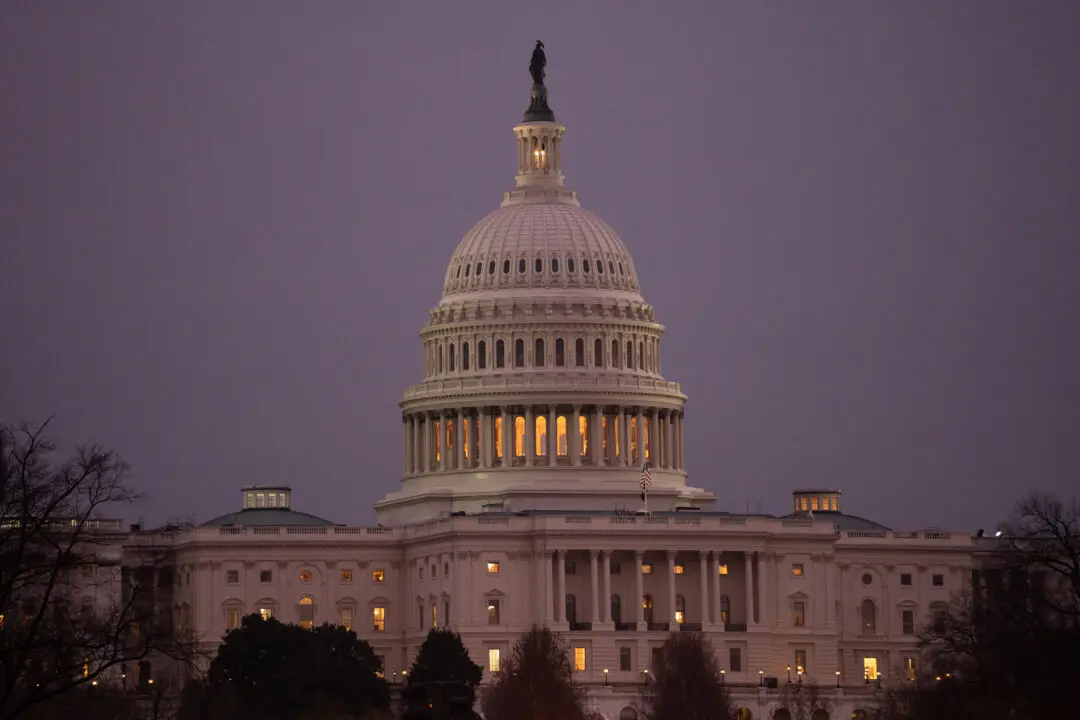As Russia’s invasion of Ukraine continues, the global economy’s continued reliance on Russian oil and gas has prompted a wave of policy responses alongside pushback from U.S. lawmakers seeking to halt imports and boost domestic production.
Brent crude, a key international benchmark, has surged since the invasion began on Feb. 24, rising from under $97 per barrel to more than $107 per barrel as of March 1.





